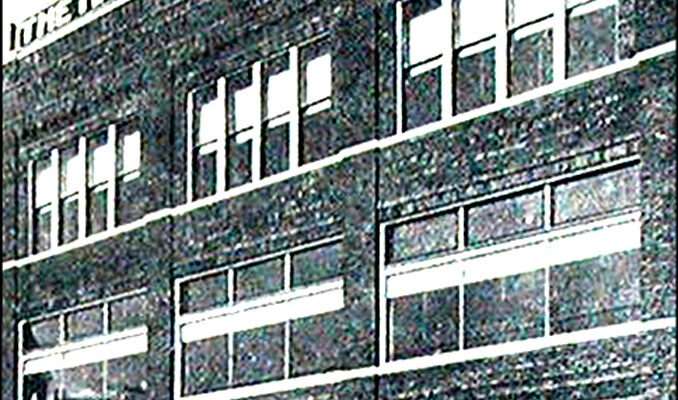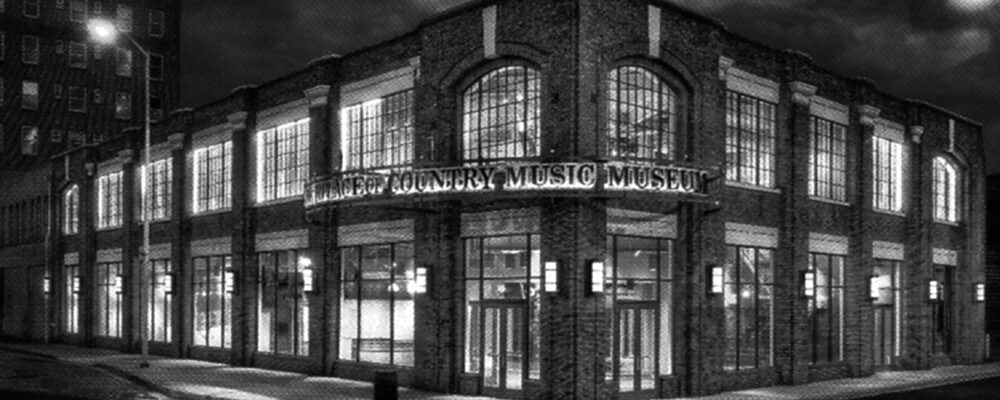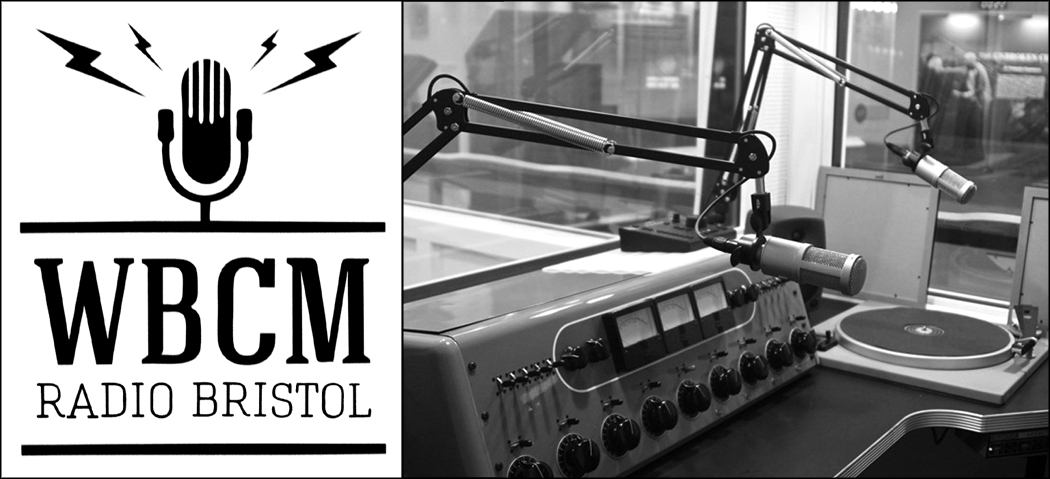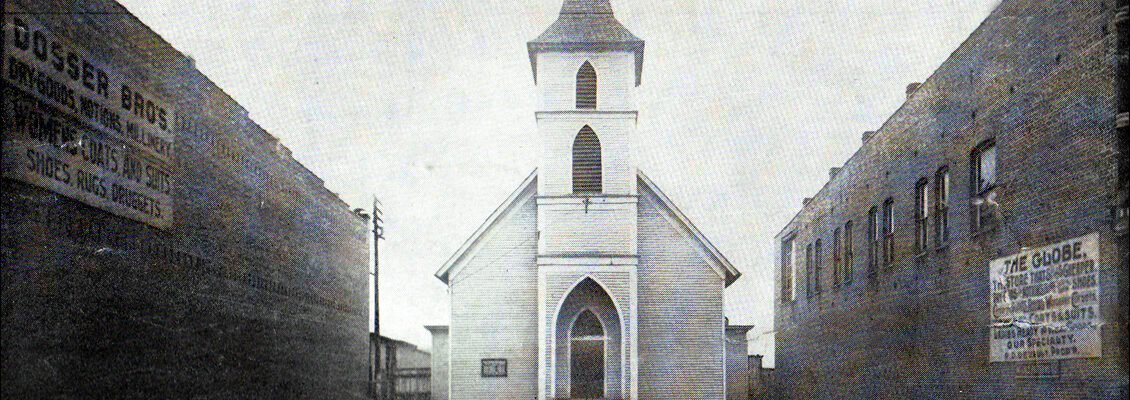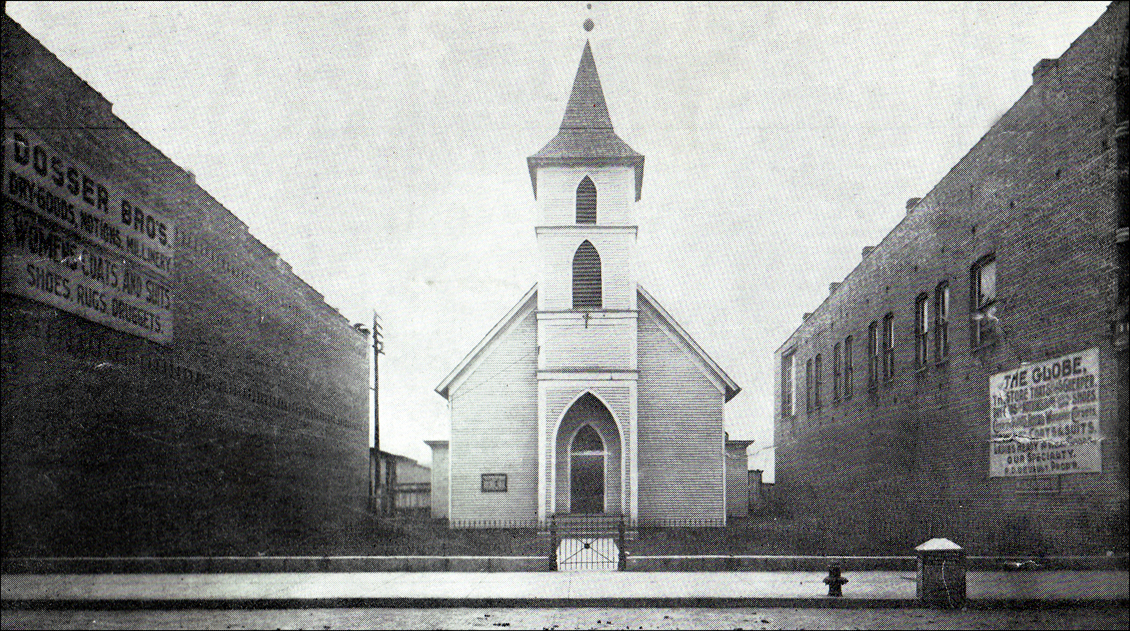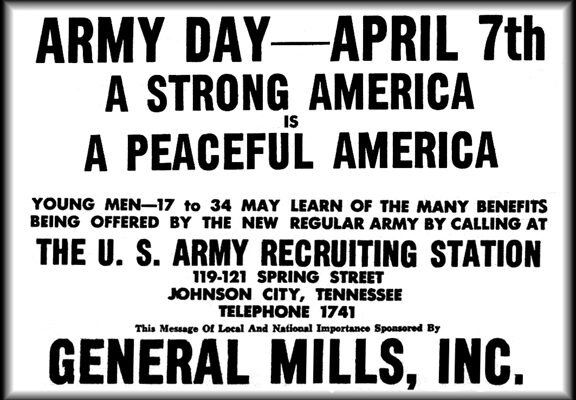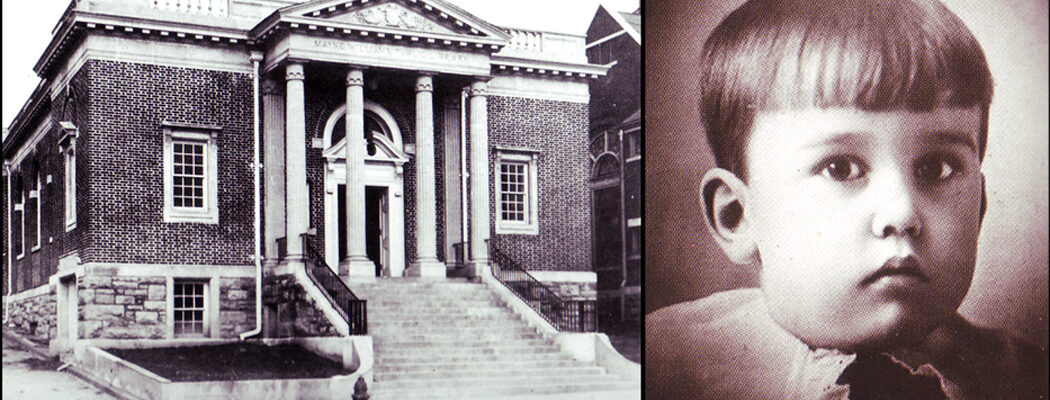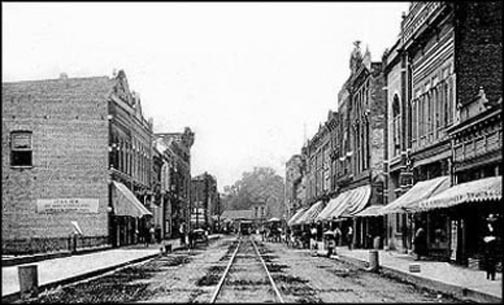The annual Spring Style Revue of the Hart and Houston Store, located at 315-17 E. Main (future site of F.W. Woolworth and Hands On Regional Museum) displayed their colorful models for the spring of 1925.
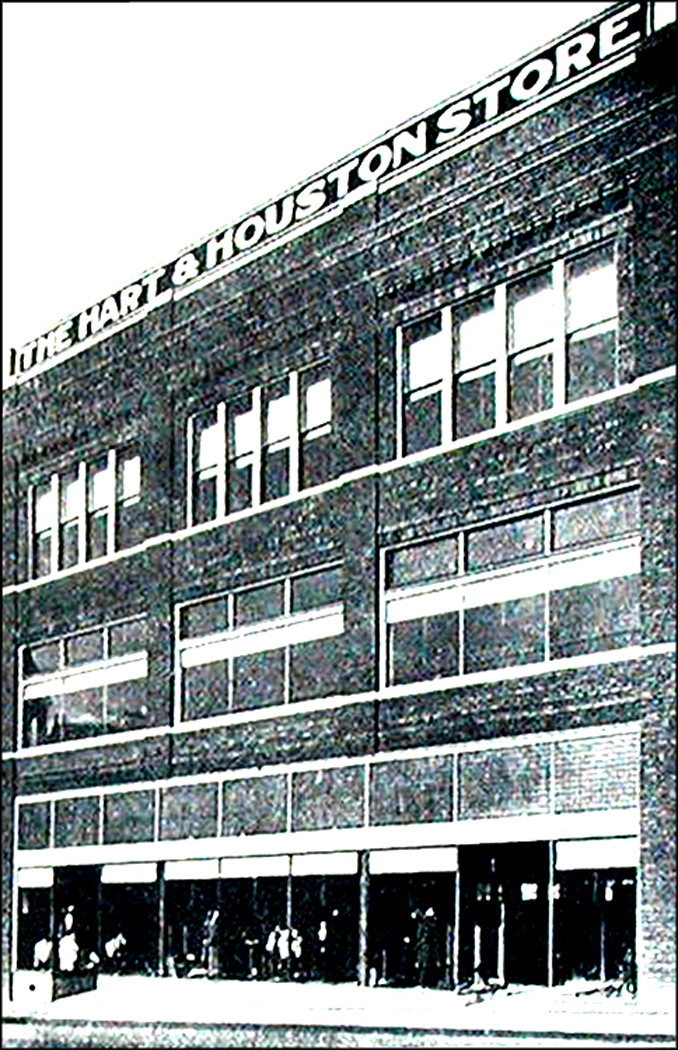
The Hart and Houston Store That Once Stood in the 300 block of East Main
The Majestic Theater (221 E. Main) stage was aptly set and decorated, with a garden scene for suits, coats and afternoon costumes and a drawing room for evening gowns. In each one, uniformed members of the high school orchestra formed the background.
A pleasing program of entertainment was interspersed with readings, songs and dances by artists from Milligan College and by popular local talent. Styles were arranged in attractive order: sport models, coats, suits, children's' department, afternoon dresses, coats, and ensemble suits and evening scenes with an elaborate display of millinery.
The styles, colorful and attractive and exhibiting completeness lines handled by the store, were made even more appealing through the arrangement of the program and the display by numerous models.
The children’s department was arranged and directed by Mrs. Ethel Johnson and Mrs. Lena Henderson. It contained an unusual appeal through the beauty of the garments and the delightful natural impulses of the dainty young models. The revue was said to be the most attractive one yet.
The Hart and Houston organization combined forces with Miss Daisy Moore (costuming), Mrs. R.E. Long (millinery), Mrs. Johnson and Mrs. Henderson (children’s department). Each member took part in the staging of the successful revue. Fred W. Hoss made announcements and introduced those on the program.
George W. “Hap” Anderson was in charge of handling professional details to assure everything went well, entertaining and displayed in a pleasing, attractive manner. He sang the popular ballad, “On the Banks of the Brandywine,” with Leon Gunn at the piano.
Graceful models taking part in the displays of the new styles were Mrs. Kyle Slaughter, Mrs. W.T. Kennedy, Miss Nita Rigby, Miss Della Spencer, Miss Bonita Burkett, Miss Evelyn Cox, Miss Sara Cass, Miss Helen Knudsen, Miss Bernice Lauff, Miss Mary Hart, and Miss Dotty Westmoreland, with snappy fire in the role of “The Flapper.”
Juniors included Miss Martha Cargille, Thelma Long, Elma Jean Simms, Helen Sims, Ida Miller, Nancy McLaughlin, Louise Susong, Harrison Marshall, Martin Smith, Jane Houston, Katherine Whitehouse, Florence Greenway, Helen McGhee Summers, Jo Jimmie Biddle, Josephine Cooley, Anne Cass Carr. Models for larger women were shown by Mrs. Griffin and Mrs. Farnham of New York City.
A touching number at the opening of the children’s program was a lullaby sung by Mrs. D.R. Beeson, dressed in flowing white, as “Madona,” holding in her arms Jerome, the tiny baby of Mr. and Mrs. J. Freidman.
Masters John Lamb and James Beckner served as pages, bearing announcement cards to each side of the stage as the numbers were presented. The program opened with a pleasing reading, “Smile,” by Miss Bernice Lauff.
Following this, an announcement of the opening of the style show, a retrospective scene, “The Old Fashioned Garden,” was presented in costumes typical of two score years ago, by Miss Nita Rigsby and Fred W. Hoss. Accompaniment to a charming reading to music was made by Miss Dimple Hart, Director of Expression at Milligan College.
A gorgeous background was formed for the scene by four “living flowers”: Misses Nataline Channcey, Bernice Cavtrell, Elizabeth Davidson, and Lara Blackburn, dressed in representation of popular blossoms. In contrast, a modern “flapper” was introduced, snappily enacted by Miss Dotty Westmoreland.
Additional entertainment was interspersed within the program by Miss Macon Johnson, Mrs. Beeson, Louise Susong, Miss Lauff, Miss Nan Holiday, Bayard Aginsky (of Milligan), Mr. Anderson, Miss Nannie Cantrell (Milligan College) and Miss Iva Jones. The revue was said to be highly successful.
I hope my readers can recognize some of the names in this article.
